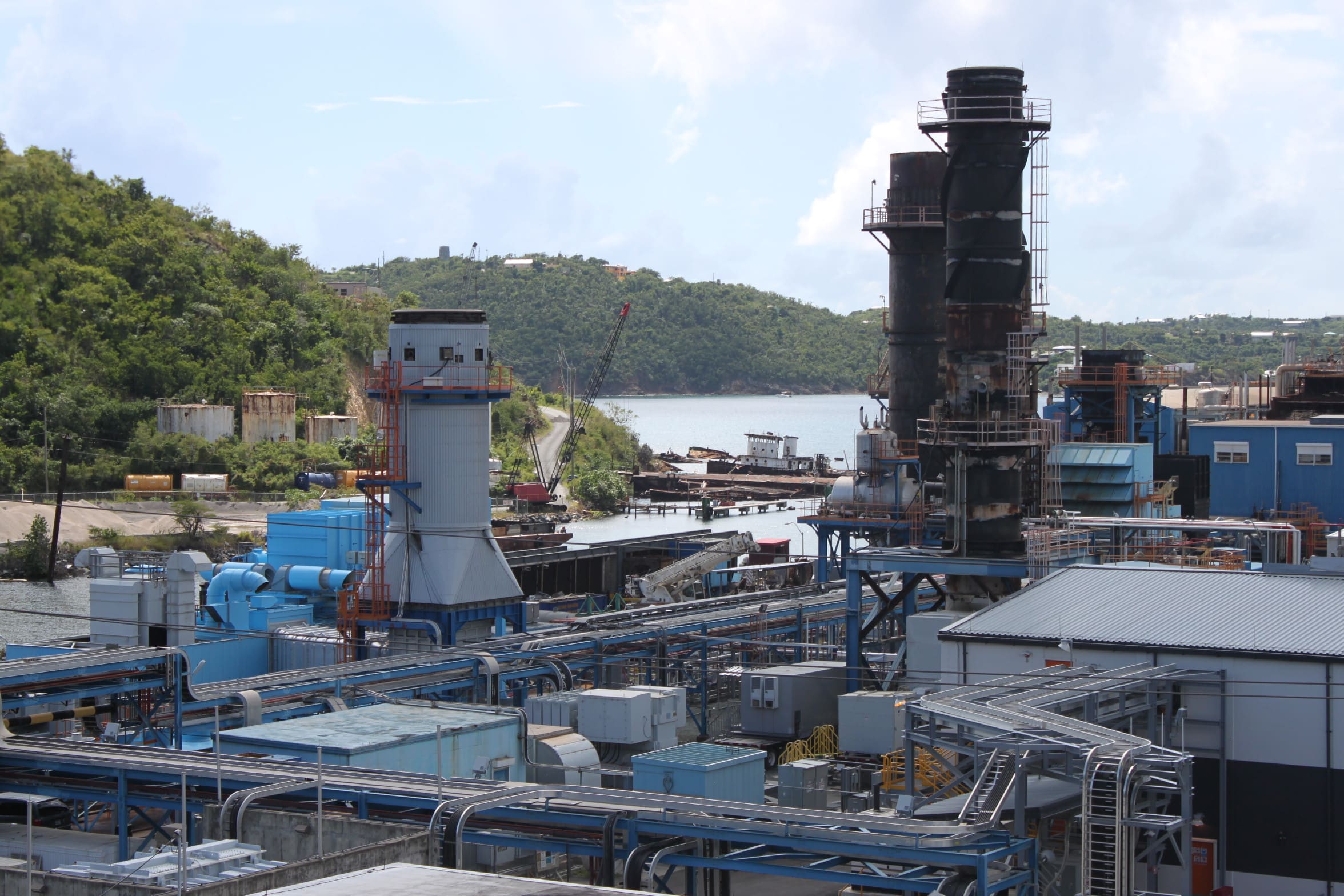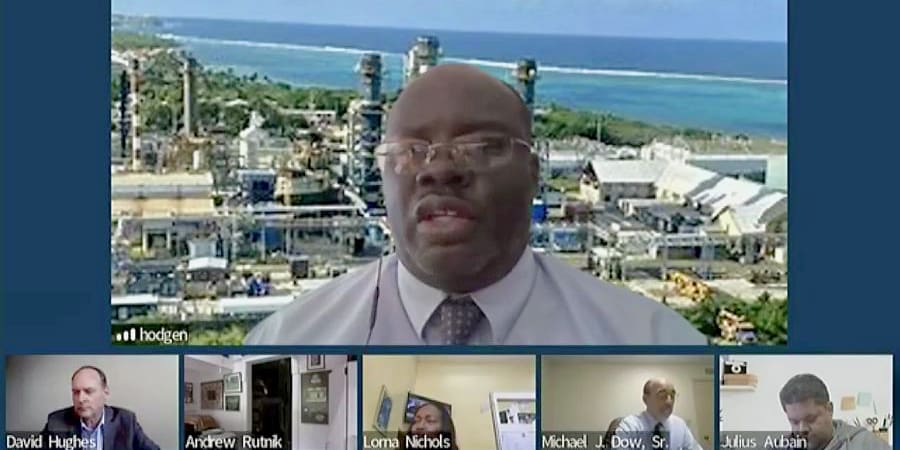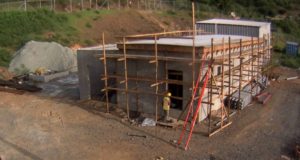
Sporadic power outages are a fact of life for U.S. Virgin Islanders. Castigating the Water and Power Authority for unreliable, expensive power is a territorial tradition. But St. Thomas in particular recently has seen a wave of outages.
St. Thomas saw major outages June 29, Aug. 14, 15, 20 and 30, Sept. 6. The most recent outage even took the 911 emergency call center offline.
After decades of systematically draining WAPA financially, in recent years the V.I. government has taken steps to ensure public entities from hospitals to agencies actually pay for service and provided emergency funding.
Lots of federal funding for utilities has come in the wake of the 2017 storms. Whenever officials appear before the Legislature or Public Services Commission, the public hears greater reliability will soon come. Yet WAPA still has cash shortages and outages continue.
The Source looked at the official reports on the last several outages and asked WAPA acting CEO Noel Hodge some specific, detailed questions to try to get meaningful answers on why outages continue and whether residents can expect reliability to improve. Here are the questions and answers, lightly edited for clarity.
Will outages be likely or frequent in upcoming months?
Hodge: Outages, as we experienced in July and August in the STT/STJ district, resulted from equipment failure and subsequent lack of adequate generation capacity to meet power demand. As of today, all units are functional and available for dispatch. In recent weeks, we have performed some maintenance on Unit 15 (20-megawatt dual-fueled generator) and similar routine maintenance is taking place on the three LPG-fired Wartsila units. When these units are unavailable, WAPA will dispatch power to the grid from backup units. We have also performed maintenance on Unit 27 (a 25-megawatt, diesel-fired leased unit). We are prepared as always to respond with restoration and repairs should we experience the loss of a unit.
Looking back over our archives, it seems as though Unit no. 23, the big 39-megawatt generator from 2004, is frequently involved in outages, due to both its age and reliability and its large size, so that when it goes down, the whole plant goes down. Is that a fair description, or how would you put it?
Hodge: Unit 23 is the largest generator, and once dispatched, and it trips for whatever reason, its not being available creates a formidable generation challenge for the Harley plant. The unit has recently completed a major maintenance overhaul and, since that time, we have tweaked its performance. We address issues with the unit as they come up. Its reliability is not compromised because of its age. The unit however does have efficiency issues because of its size and the fact that it only burns diesel to generate electricity. When Unit 23 fails, the smaller units are not capable of picking up the sizable load of Unit 23 which results in, at times, a complete loss of the plant. The pattern is attributed to the size of the unit and the fact that it powers such a significant chunk of the district. Its falling offline is usually a pronounced loss at the plant which has resulted from time to time in cascading failures of other dispatched units. However, this is not always the case. Every trip on Unit 23 does not result in a total loss of generation. It simply depends on the type of event on the turbine and the reaction of the other units that are dispatched at the time.

Units 14 and 15 are also mentioned a lot. Can you comment on how old or reliable these units are?
Hodge: Unit 14 is smaller and older. Over time and for several reasons, its maintenance regimen has slipped. Today, Unit 14 is a standby unit that is capable of not only black starting but can also energize the buss. (These are start-up procedures once the plant loses all generation and goes dark). Units 14 and 15 can do both functions and Unit 23 and the Wartsila units are now being prepped for similar capabilities. Unit 15 is a reliable gas turbine that was retrofitted to burn both fuel types. When on propane and the LPG delivery system fails, the unit switches its fuel source (to oil) transparently without tripping or losing capacity. Unit 15 is long overdue for a major maintenance overhaul which has been delayed because of ongoing cash flow problems.
Has the loss of the leased units from APR Energy impacted WAPA’s speed or flexibility in restoring power?
Hodge: We have retained one leased unit on St. Thomas, Unit 27, which has a capacity of 25 megawatts. It is fueled by diesel only and is being leased from its manufacturer, General Electric. We are no longer leasing units from APR Energy.
In 2018, WAPA put in three new Wartsila units totaling 21 megawatts for STT, and in July of 2020 WAPA reported four more units were on the way, along with battery storage, due to be online by early 2022. How have the first three Wartsillas been performing? When will the next four be online? What percentage of St. Thomas power production will they replace? What impact should that have on reliability and on fuel usage?
Hodge: The original three Wartsila units are performing well since being commissioned, and when dispatched with Unit 15 they provide about two-thirds of the capacity needed to power the district on LPG. The additional Wartsila units have been tested and are ready to be shipped mid-September arriving on island by October 2021. Our anticipation is that the new units will be online in the fourth quarter of 2022. These units are 100 percent federally funded, meaning their acquisition will not negatively impact our customer’s rates. When the second wave of Wartsila units are online, the Harley plant will have capacity of 77 megawatts of power by LPG. Along with Unit 15, the Harley plant can operate at 100 percent LPG, a major milestone on St. Thomas. The additional 36 megawatts of LPG power from the second set of Wartsila units will allow for ending the lease of U27 and the possible decommissioning of Unit 14. A final determination has not been made on the fate of Unit 23 once the additional Wartsillas are online. There are considerations being given to which units WAPA will retain to power the district when maintenance is required on the LPG units.

A major outage in June was attributed to an underground electrical fault. What does that mean exactly, and how likely is it to recur?
Hodge: The outage you referenced was caused by a trip of an underground transmission line. When the line tripped having detected a fault, it became necessary to take a few feeders offline to protect another parallel transmission line from becoming overloaded. A definitive cause of the fault was not identified but electric system engineers suspect that an impending failure of a switchgear at Francois substation may have tripped the transmission line. Once the cause of the fault could not be determined, the transmission circuit was re-energized, and all feeders were restored.
One or more outages in the past have stemmed from issues with substations. What is the status of repairs to the Donald Francois substation?
Hodge: We recently completed reconstruction of the East End Substation in Nazareth, which was heavily damaged by Hurricane Irma four years ago this week. The reconstruction was funded by FEMA and HUD. Some final work is being done before that facility becomes fully operational in January 2022. We have requests for proposals being advertised now for a major redesign of the Donald Francois substation in Long Bay which was also storm-damaged in 2017. The Francois substation project is also federally funded.